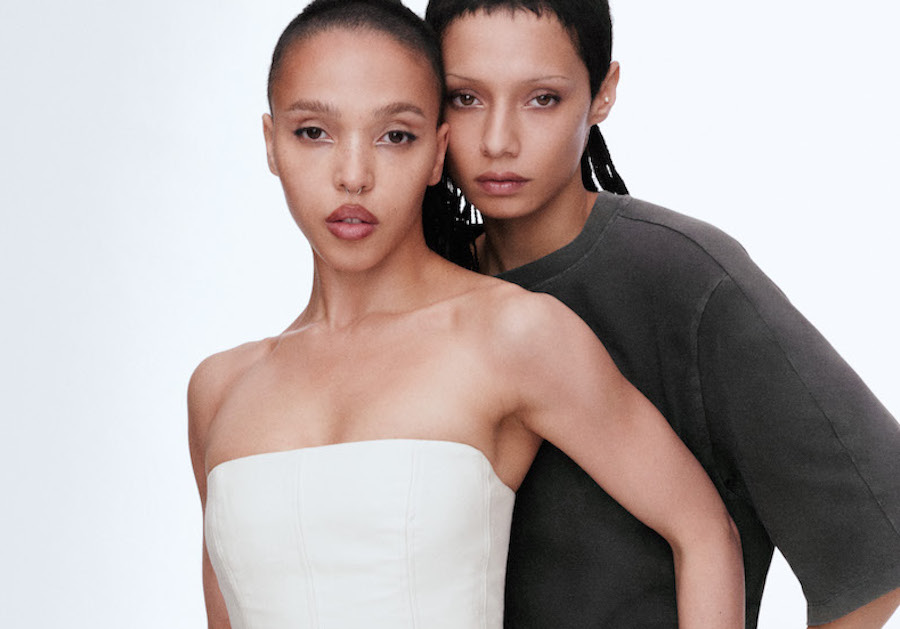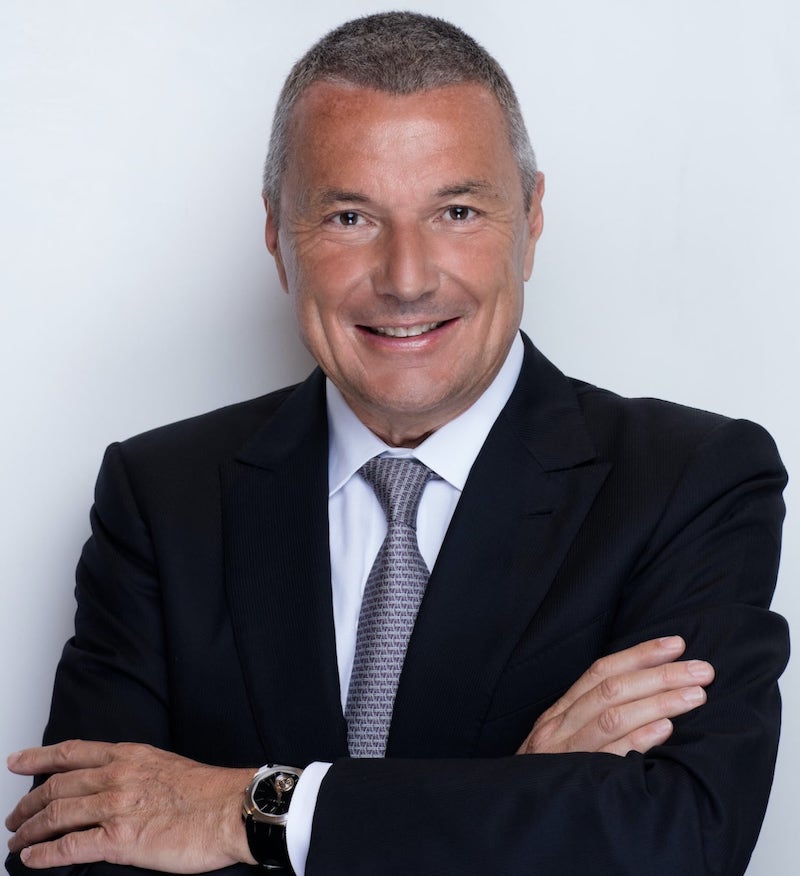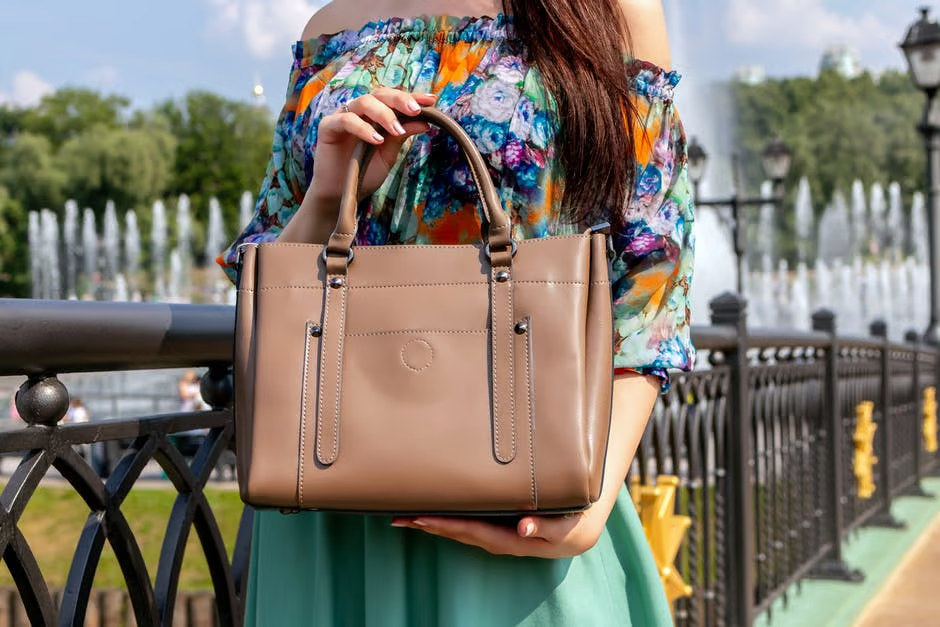The luxury fashion world is changing fast, and 2025 is shaping up to be a year full of new opportunities. Jobs in this space are evolving as brands embrace technology, sustainability, and shifting consumer tastes. Whether you’re eyeing a career in design, marketing, or production, there’s a lot to explore. Let’s break down the trends, skills, and regions that are driving luxury fashion jobs right now.
Key Takeaways
- Sustainability is becoming a major focus, creating new roles in green manufacturing and circular fashion.
- Digital skills are in high demand, especially with the rise of e-commerce and virtual fashion platforms.
- Asia is emerging as a hotspot for luxury fashion careers, while Europe and North America remain strong markets.
- Adapting to economic uncertainties and global trade changes will be key for job seekers.
- Education and specialized training programs are more important than ever for breaking into the industry.
Emerging Trends Shaping Luxury Fashion Jobs
The Shift Towards Sustainable Practices
Sustainability is no longer just a buzzword—it’s a growing expectation in luxury fashion. Brands are now prioritizing eco-friendly materials and circular production processes, which in turn is creating demand for roles like sustainability consultants and green manufacturing specialists. This shift is not just about ethics; it’s about meeting consumer demand for transparency and responsibility.
Key areas driving this trend include:
- Designing with biodegradable or recycled materials.
- Implementing energy-efficient manufacturing techniques.
- Developing strategies for waste reduction and product life extension.
For professionals, this means opportunities to specialize in eco-conscious design and green supply chain management.
The Role of Technology in Job Creation
Technology has become the backbone of innovation in luxury fashion. From AI-driven personalization to virtual try-ons, brands are leveraging tech to enhance customer experiences. This has led to a surge in demand for tech-savvy professionals, such as:
- Data analysts to interpret consumer behavior.
- AI specialists to develop smart shopping tools.
- Digital marketing experts to optimize online presence.
The integration of tech isn’t just about efficiency—it’s about creating a seamless blend of tradition and modernity that resonates with today’s luxury consumers.
Evolving Consumer Preferences and Their Impact
Consumer preferences are shifting, and luxury brands are adapting fast. While younger shoppers still dominate the narrative, the “silver generation”—those over 50—are emerging as a significant market segment. This demographic values quality and timeless design, prompting brands to rethink their offerings.
Key trends shaping consumer demand include:
- A preference for personalized, exclusive experiences.
- A growing interest in ethical and sustainable brands.
- The desire for products that combine modernity with classic craftsmanship.
These evolving preferences are reshaping job roles, requiring professionals to balance innovation with tradition. For example, understanding the nuances of diverse consumer bases is becoming as critical as the ability to innovate in product design.
Key Skills in Demand for Luxury Fashion Careers
The Importance of Digital Proficiency
In today’s luxury fashion world, digital know-how isn’t optional anymore—it’s a must. From managing e-commerce platforms to using data analytics for understanding consumer behavior, the industry relies heavily on tech-savvy professionals. Luxury brands are increasingly seeking individuals who can bridge the gap between creativity and technology. Skills in social media marketing, digital content creation, and even understanding algorithms for personalized shopping experiences are becoming indispensable.
Here’s a quick look at some in-demand digital skills:
- Proficiency in e-commerce tools like Shopify or Magento
- Familiarity with digital marketing strategies, including SEO and PPC
- Basic understanding of data visualization tools like Tableau or Power BI
Craftsmanship and Artisanal Expertise
While technology is reshaping the industry, the demand for traditional craftsmanship is far from fading. Consumers still cherish the uniqueness and quality of handmade luxury items. This means artisans with expertise in leatherwork, embroidery, or tailoring remain integral to luxury fashion houses. Brands are even investing in training programs to preserve these skills, ensuring their heritage stays alive.
Artisanal craftsmanship isn’t just a skill; it’s a storytelling tool that connects luxury brands with their history and values.
Adaptability in a Dynamic Industry
The fashion industry changes fast; what’s trending today could be outdated tomorrow. Being adaptable is key for anyone wanting to thrive in this space. Whether it’s learning new technologies or understanding emerging markets, professionals need a mindset that embraces change.
Some ways to stay adaptable include:
- Keeping up with fashion trends and consumer preferences.
- Taking short courses or certifications to learn new skills.
- Networking with industry professionals to stay informed about market shifts.
In short, a mix of digital expertise, traditional craftsmanship, and adaptability will set you apart in the competitive world of luxury fashion.
Geographic Hotspots for Luxury Fashion Opportunities
The Rise of Asian Markets
Asia is becoming a focal point for luxury fashion, and it’s not just about China anymore. While China remains significant, other countries like India and Japan are stepping into the limelight. India, with its growing middle class and appetite for high-end goods, is attracting attention from international brands. Japan, on the other hand, continues to thrive with a mix of domestic and international spending fueling its luxury market. This shift is reshaping where brands focus their investments.
Europe’s Continued Influence in Luxury
Europe has long been the heart of luxury fashion, and it remains a stronghold in 2025. Cities like Paris, Milan, and London are still synonymous with high fashion, hosting iconic brands and events. What’s interesting is the resurgence of smaller markets within Europe—places like Scandinavia are gaining traction for their minimalist yet premium designs. Despite economic fluctuations, Europe’s luxury market benefits from strong tourism, especially as inflation eases.
North America’s Resilient High-Net-Worth Market
The U.S. and Canada continue to be key players in luxury fashion, driven by a resilient high-net-worth population. Cities like New York and Los Angeles remain hubs for innovation and exclusivity. Interestingly, luxury brands are also tapping into markets like Baltimore, which is seeing a cultural and economic revitalization. This region is becoming a surprising yet promising area for boutique luxury experiences.
Navigating Challenges in the Luxury Fashion Job Market
Economic Uncertainty and Its Implications
The luxury fashion industry is no stranger to fluctuating economic conditions, but the current landscape presents unique hurdles. Rising inflation, fluctuating currency values, and global market instability have put pressure on brands to rethink their strategies. Companies that can adapt swiftly to these changes often emerge stronger, but the path is far from easy. For job seekers, this means a higher demand for roles in financial planning, risk management, and supply chain optimization.
The Impact of Global Trade Shifts
Global trade policies are evolving, and luxury brands must navigate tariffs, trade agreements, and supply chain disruptions. For example, shifting relationships between major economies like the U.S., Europe, and China can directly affect production costs and timelines. Professionals skilled in international trade law, logistics, and cross-border negotiations are becoming increasingly valuable in this environment.
Balancing Tradition with Innovation
Luxury fashion thrives on its heritage, but staying relevant requires innovation. Brands face the challenge of merging traditional craftsmanship with modern technologies like AI and 3D printing. This balancing act creates opportunities for roles that bridge the gap, such as digital artisans, tech-integrated designers, and innovation managers. The ability to respect the past while embracing the future is more than a skill—it’s a necessity.
The luxury fashion job market is evolving rapidly, shaped by external pressures and internal demands. Success lies in the ability to adapt while staying true to core values.
The Role of Education and Training in Luxury Fashion
Specialized Programs for Aspiring Professionals
Education tailored to the luxury fashion industry has become increasingly important in 2025. Specialized programs now offer courses that go beyond traditional design and marketing. These programs focus on niche areas like sustainability in fashion, luxury brand management, and the integration of technology in design. For instance, students can now take courses on AI-driven personalization or green manufacturing processes, preparing them for the unique challenges of this sector. Having a targeted education can set candidates apart in this competitive field.
The Growing Importance of Internships
Internships have evolved into a non-negotiable step for anyone aiming to enter luxury fashion. These hands-on experiences provide real-world exposure to the industry’s pace and expectations. Many high-end brands, including those co-founded by notable figures like Jason Bolden, are offering structured internship programs. These opportunities not only teach technical skills but also help young professionals build networks that can be vital for their careers. A well-chosen internship can often lead to full-time roles within the same company.
Upskilling for Mid-Career Transitions
For professionals looking to pivot into luxury fashion or advance within it, upskilling is key. Online platforms and short-term certification courses are now widely available, covering topics like digital marketing for luxury brands or advanced craftsmanship techniques. These programs allow individuals to adapt to industry changes without stepping away from their current roles. Upskilling ensures that experienced professionals stay relevant, especially as the sector increasingly demands a blend of traditional skills and modern expertise.
The luxury fashion industry is evolving rapidly, and education is no longer a one-time affair. Continuous learning—whether through formal programs, internships, or targeted upskilling—has become the backbone of a successful career in this dynamic field.
The Future of Work in Luxury Fashion
Remote Work and Hybrid Models
The luxury fashion industry, traditionally centered around physical locations and face-to-face collaboration, is increasingly embracing remote and hybrid work setups. While design and craftsmanship often require in-person interaction, roles in marketing, digital strategy, and customer service are seeing a shift toward flexible arrangements. This shift allows companies to tap into a global talent pool, breaking down geographic barriers and enabling diverse perspectives. However, maintaining the essence of luxury—personal touch and exclusivity—remains a challenge in remote settings.
The Integration of AI and Automation
Artificial intelligence (AI) and automation are no longer just buzzwords; they are reshaping how luxury brands operate. From predictive analytics for trend forecasting to automated manufacturing processes, these technologies are driving efficiency and innovation. For instance, AI tools can analyze consumer data to create personalized shopping experiences, while automated systems streamline supply chain management. Yet, the industry must balance these advancements with the artisanal quality that defines luxury fashion.
Collaborative Roles Across Disciplines
As the industry evolves, the lines between traditional roles are blurring. Designers now collaborate closely with technologists, data analysts, and even sustainability experts to create products that resonate with modern consumers. This multidisciplinary approach fosters creativity and innovation, ensuring that luxury brands remain relevant in a fast-changing market. Employees who can navigate these collaborative environments will find themselves in high demand.
The future of work in luxury fashion is not just about adapting to technological advancements but also about reimagining how creativity and tradition coexist in a digital-first world.
Sustainability as a Driver of Job Creation
The Push for Circular Fashion
Circular fashion is no longer just a buzzword; it’s becoming a significant driver of employment in the luxury sector. Brands are rethinking their entire production and consumption cycles, focusing on extending the life of garments and reducing waste. This shift is creating roles in areas like garment repair, resale platforms, and recycling technologies. For example:
- Designers specializing in creating clothing meant for easy disassembly and recycling.
- Technicians who can refurbish and restore high-end pieces to like-new condition.
- Supply chain analysts who optimize the flow of recycled materials.
Green Manufacturing Practices
The push for greener manufacturing is opening doors to new types of jobs. Factories are adopting energy-efficient machinery, using eco-friendly dyes, and sourcing sustainable materials. These changes demand skilled professionals who understand both traditional craftsmanship and modern sustainability standards. Key roles include:
- Sustainability auditors ensuring compliance with environmental standards.
- Engineers developing innovative, low-impact production methods.
- Trainers educating workers on sustainable practices.
The shift to green manufacturing isn’t just about meeting regulations—it’s about staying relevant in a world where consumers demand accountability.
Consumer Demand for Ethical Brands
Luxury shoppers are increasingly looking for brands that align with their values. This demand has led to the rise of ethical sourcing specialists, marketing teams focused on sustainability narratives, and consultants who guide brands in building transparent supply chains. Positions in this area often involve:
- Vetting suppliers for fair labor practices and environmental impact.
- Crafting marketing campaigns that highlight ethical commitments.
- Developing partnerships with NGOs and sustainability organizations.
As the industry evolves, sustainability isn’t just a challenge—it’s a massive opportunity to create meaningful, future-focused jobs.
Conclusion
The luxury fashion job market in 2025 is shaping up to be a mix of challenges and opportunities. While the industry faces slower growth and shifting consumer habits, there’s still room for innovation and adaptation. Brands that stay flexible and focus on understanding their audience will be better positioned to thrive. Whether it’s tapping into new markets, embracing technology, or rethinking traditional roles, the future holds plenty of potential for those willing to evolve. For job seekers, this means keeping an eye on emerging trends and being open to roles that might not have existed a few years ago. The landscape is changing, but with change comes the chance to grow.
Frequently Asked Questions
What skills are important for a luxury fashion career?
Key skills include digital know-how, hands-on craftsmanship, and the ability to adapt to a fast-changing industry.
How is sustainability creating jobs in the luxury fashion sector?
Sustainability is driving job growth through roles in circular fashion, green manufacturing, and ethical brand management.
Which regions offer the most opportunities in luxury fashion?
Asia is growing rapidly, Europe remains a stronghold, and North America continues to be resilient with its wealthy market.
What role does technology play in luxury fashion jobs?
Technology is creating new roles by integrating AI, automation, and digital tools into design, production, and marketing.
How can I prepare for a career in luxury fashion?
You can enroll in specialized courses, gain experience through internships, and focus on upskilling throughout your career.
What challenges do luxury fashion professionals face today?
Challenges include economic uncertainty, global trade changes, and balancing traditional methods with modern innovation.

Peyman Khosravani is a global blockchain and digital transformation expert with a passion for marketing, futuristic ideas, analytics insights, startup businesses, and effective communications. He has extensive experience in blockchain and DeFi projects and is committed to using technology to bring justice and fairness to society and promote freedom. Peyman has worked with international organizations to improve digital transformation strategies and data-gathering strategies that help identify customer touchpoints and sources of data that tell the story of what is happening. With his expertise in blockchain, digital transformation, marketing, analytics insights, startup businesses, and effective communications, Peyman is dedicated to helping businesses succeed in the digital age. He believes that technology can be used as a tool for positive change in the world.










